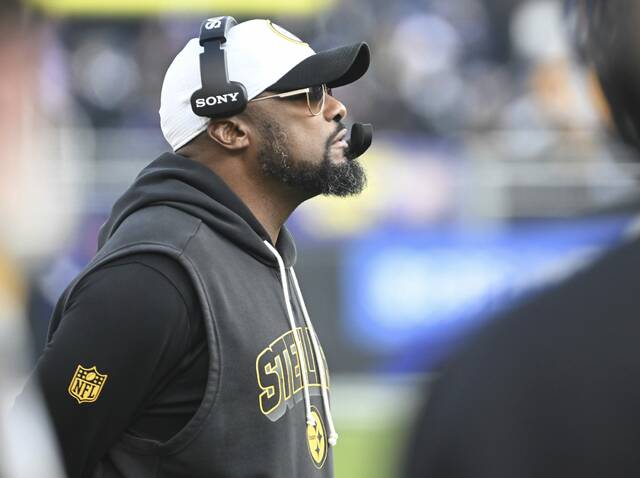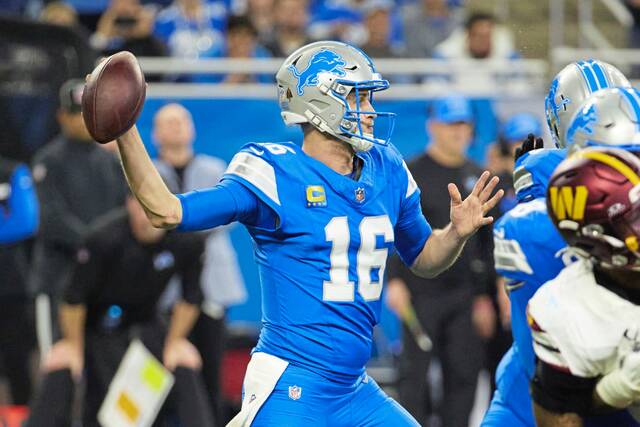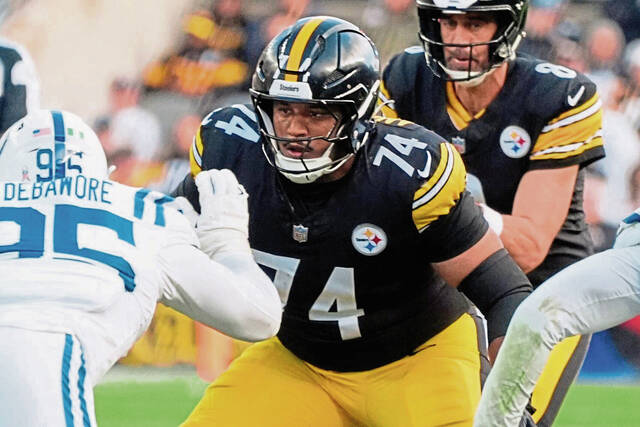1. 2-6 to 6-2
With no losing seasons in 15 previous years as an NFL head coach, it might be easy to fall into the trap that Mike Tomlin hasn’t been here before — “here” defined as coach of a 2-6 team.
With the most wins of any franchise in the 52 years since the AFL/NFL merger, it also might be assumed the Steelers haven’t been 2-6 often, either.
Tomlin, though, was quick to point out that he has, indeed, been sitting with a 2-6 record. So have the Steelers, albeit, not as often as most.
This is the sixth time over the past 53 seasons that the Steelers are 2-6 after eight games. While the first three ended pretty much how you’d expect (6-10 finishes in 1986 and 2003; 5-11 in 1988), the past two 2-6 starts featured rallies that finished with 8-8 seasons.
According to research by the Steelers’ PR staff, those 2006 and 2013 Steelers teams represent two of the five NFL teams this century that rallied from 2-6 to 8-8 (the 17-game schedule began last season). There were 13 occasions of teams that started 2-6 to finish 8-8 since the AFL/NFL merger in 1970. The only one of those teams that qualified for the playoffs was the first: the 1970 Cincinnati Bengals closed on a six-game winning streak to win the AFC Central at 8-6.
The 2020 Washington Football Team also rallied from a 2-6 start to win its division, but its final record was 7-9.
2. November reign
Another series of nuggets available in the Steelers’ official game notes this week involves a phenomenon that might be quirky or coincidental … or is it?
The Steelers are the best November team since the AFL/NFL merger at 134-80-2 (.625). They have the highest home win percentage in November games (.725) in that time and the most road November wins (61), too. Since Mike Tomlin became coach in 2007, only four NFL teams have more November victories than the Steelers’ 38.
3. Better than expected
Among the metrics that provides the most optimism for Steelers quarterback Kenny Pickett’s first 16 quarters of his rookie season is “completion percentage above expectation.” Among 39 qualifying passers measured by NFL Next Gen Stats, Pickett ranks sixth at plus-1.9.
Each pass completion probability is calculated using such factors as receiver separation from the nearest defender, where the receiver is on the field, and the separation the passer had at time of throw from the nearest pass rusher. The “above expectation” compares that for every throw by a quarterback to what ratio he has actually completed. Pickett’s 67.9% completion rate is better than the 66% expected rate.
4. Cushioning the blow
Next Gen Stats also measures “cushion” for each receiver in the league, defined as “the distance (in yards) between a WR/TE and the defender they’re lined up against at the time of snap on all targets.”
And of the 111 overall tight ends and wide receivers who qualify, only two have been given a smaller average cushion than Steelers rookie George Pickens. He has an average of 4.7 yards of cushion. The only wide receiver in the league (among the 83 who qualify) who has been given a smaller cushion is the New England Patriots’ DeVante Parker.
For comparison, the average cushion given to the Steelers’ other top receivers are 5.4 for Diontae Johnson and 5.9 for Pat Freiermuth. Recently traded wide receiver Chase Claypool is at 5.5 for the season.
Hey, Steelers Nation, get the latest news about the Pittsburgh Steelers here.








